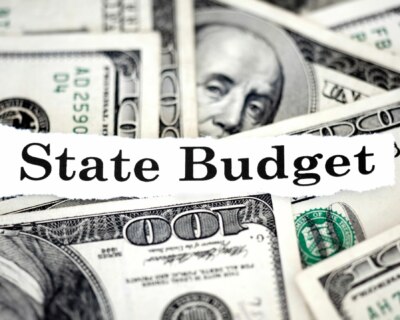Banks’ TARP Repayments Hide Underlying Flaws
On December 15, 2009, Citigroup and Wells Fargo won approval to begin repaying $45 billion in aid that they received from the Federal Government. Many view this as a sign that the financial sector in the United States is rebounding, and that the $700 billion Troubled Asset Relief Program (TARP) has been a success.
TARP began as a program designed to purchase toxic assets from troubled banks but quickly morphed into a means of bolstering bank capital levels. While it is up for debate if that mission has been a success, it ignores a very important underlying question. What has happened to the “toxic assets” on bank balance sheets that TARP was originally intended to address?
The Congressional Oversight Panel in charge of overseeing TARP stated in its August 2009 report that it “is likely that an overwhelming portion of the troubled assets from last October remain on bank balance sheets today.”
Additionally, a December 2009 report by the same panel argues, “While strong government action helped prevent a worse crisis, it may have done so at a significant long run cost to the performance of our market economy. Implicit government guarantees pose the most difficult long-term problem to emerge from the crisis.”
The panel warns, “If the troubled assets held by banks prove to be worth less than their balance sheets currently indicate, the banks may be required to raise more capital.”
Basically, the government has spent billions of dollars for purposes other than which it was intended, has not addressed the underlying problem of the financial meltdown, and potentially caused long-term economic damage.
Should banks require more capitol in the future, demand that they do not get it from the government.




